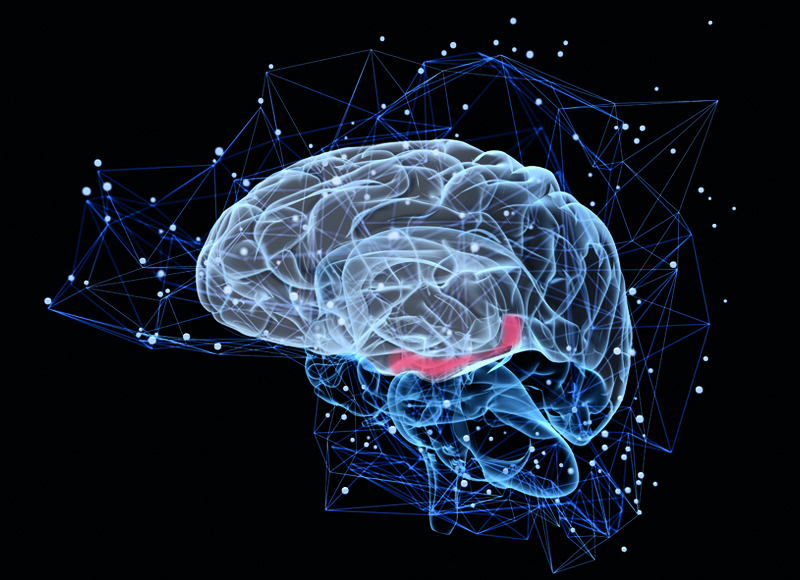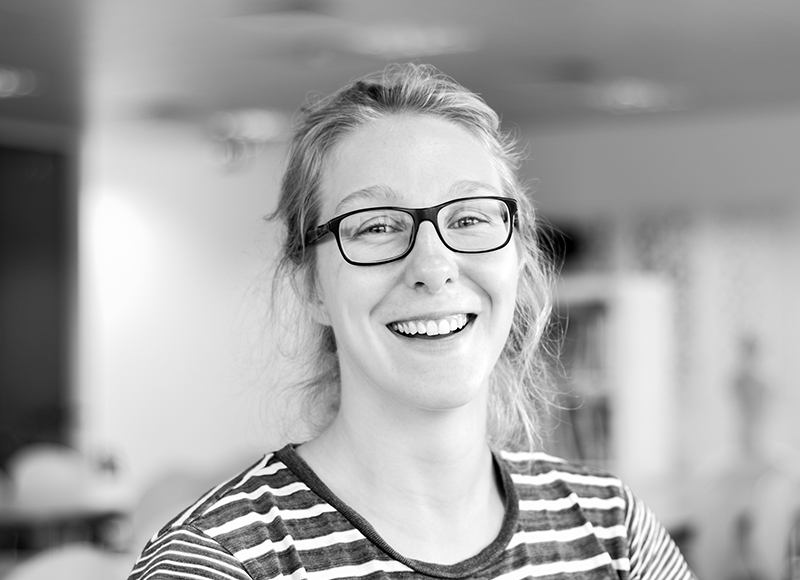Blog:
Starting life as an innovator
A perspective on how creativity and innovation develops...... →
For general enquiries please contact us on
+44 1223 248888
enquiries2024@innoviatech.com
St Andrew's House, St Andrew's Road
Cambridge CB4 1DL United Kingdom
FIND US
What does science have to teach us about how to be successful at innovation?
We developed Innovia Technology’s flexible innovation framework over the course of many years, drawing mostly upon our practical experience. So what does science have to teach us about how to be successful at innovation? This article is specifically about the neuroscience of creativity, and how understanding a few of its principles could make your innovation teams more effective.

A creative insight requires novel associations to form between concepts.
The outer layer of the brain, the neocortex (shown in grey), houses integrated representations of previous experiences. These representations help you predict what will happen in the world based on the sum of your previous experiences. By contrast, the hippocampus, a deeper brain structure (shown in orange), stores recently experienced information. These areas communicate and, over time, integrate important information stored in the hippocampus into the neocortex. Information integration and restructuring in the neocortex is continuously occurring. When previously unrelated nodes become connected, novel associations form. Formation of these novel associations and networks can lead to innovation.
What exactly governs the formation of such associations is not clear, but experiments show previous exposure, incubation and sleep improve creativity. Harnessing these factors could help you improve your organisation’s creativity.
To form an association between two previously unrelated factors, the factors must already be represented in the brain. This means understanding the problem is essential, and that teams or individuals with a broad knowledge base are more likely to develop an original association (i.e. innovation) than those with a more narrow one.
At Innovia, we immerse ourselves in an extensive understanding phase at the beginning of a project, before any creative exploration, to fully grasp the key issues and constraints that define a useful outcome. We bring together multi-disciplinary teams, and resist specialisation in one particular industry. These factors maximise prior exposure, making unusual and novel associations more likely.
People often spontaneously solve a problem after a period of time spent not thinking about it. Experimental studies demonstrate a positive impact of time spent away from a problem on the ability to find creative solutions. Incubation improves creative problem-solving by providing plenty of time for the neocortex to restructure and form new associations between the problem and previously distinct elements.
Incubation gives employees time away from problems related to their main role and project. Iteration is an important part of Innovia’s innovation process: creative sessions often occur over multiple days, and we update ideas as new insights are realised. In any week, consultants will be working on several projects allowing them to frequently shift their focus in the day. These methods create time for the neocortex to restructure in the background, and enable later insights to make worthy contributions to a project.
Subjects who received eight hours of sleep after being given a problem were twice as likely to gain a creative insight to the solution, compared to subjects given a problem in the morning and asked to solve it 8 hours later.
Sleep, especially REM (rapid eye movement) sleep, is thought to create a neurochemical environment in the brain that accelerates the restructuring of information in the neocortex and hippocampus. This explains why people commonly solve problems upon waking because during sleep, the problem tackled in the day is combined with previously unassociated elements, producing new insights.
Flexi-time is now popular at many innovative companies, and gives employees the personal freedom to get as much sleep as they need. Flexi-time enables employees to manage their individual work-life balance, and provides the opportunity for REM sleep to support innovations.
I’ve summarised below what I believe are the most important insights from neuroscience for bringing out the creativity in your teams:

I studied veterinary medicine at university, but specialised in neuroscience in my third year and covered areas ranging from high level visual processing to the growth of individual neurons. At Innovia, I have worked on many topics including medical devices, pharmaceuticals and beverages, and enjoy both technical and strategy-led projects. Outside of work I am a keen athlete. Rugby union was my main sport at university, but with a job, I now deem that too risky, so play mainly football (soccer) and touch rugby instead.